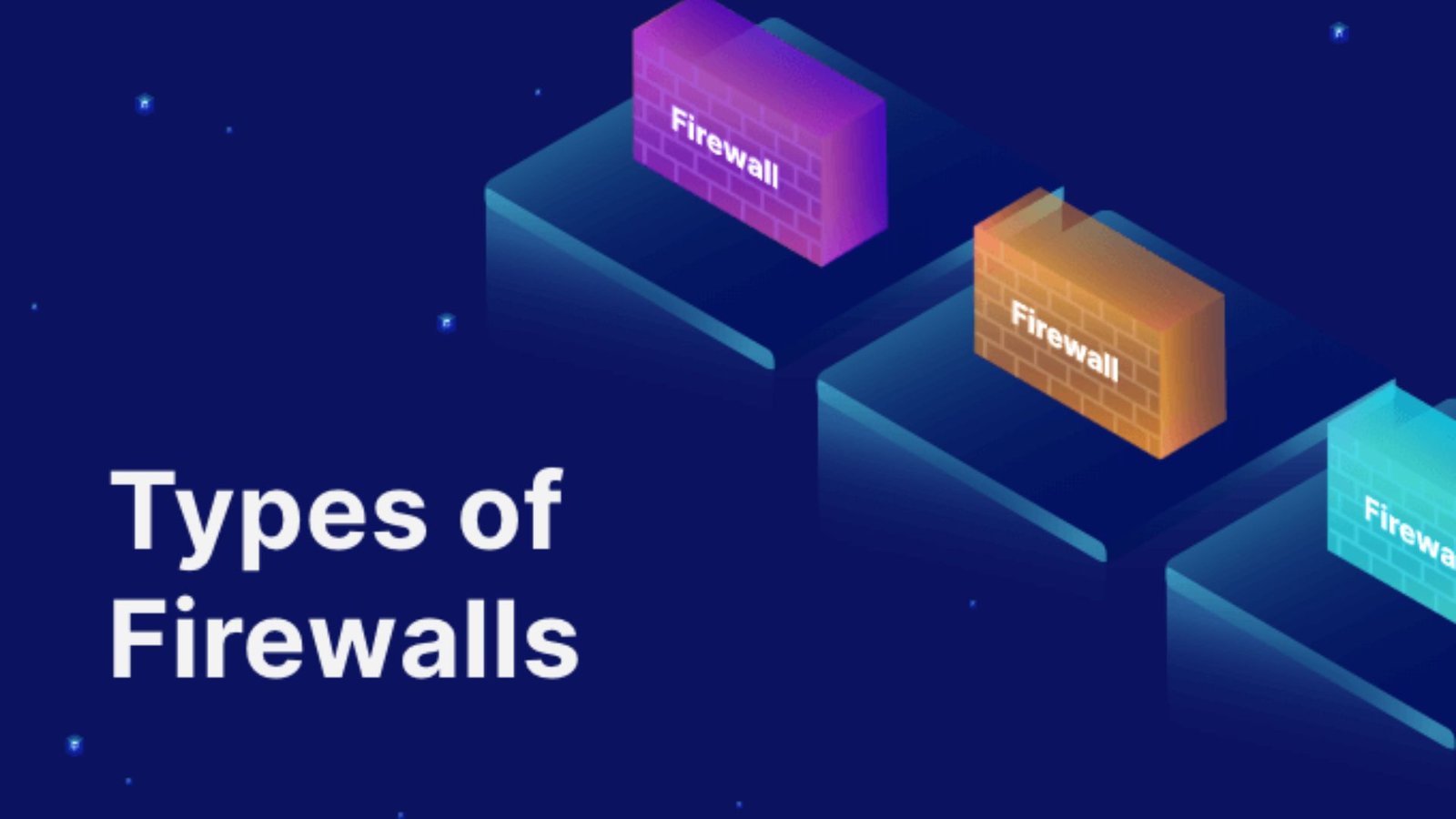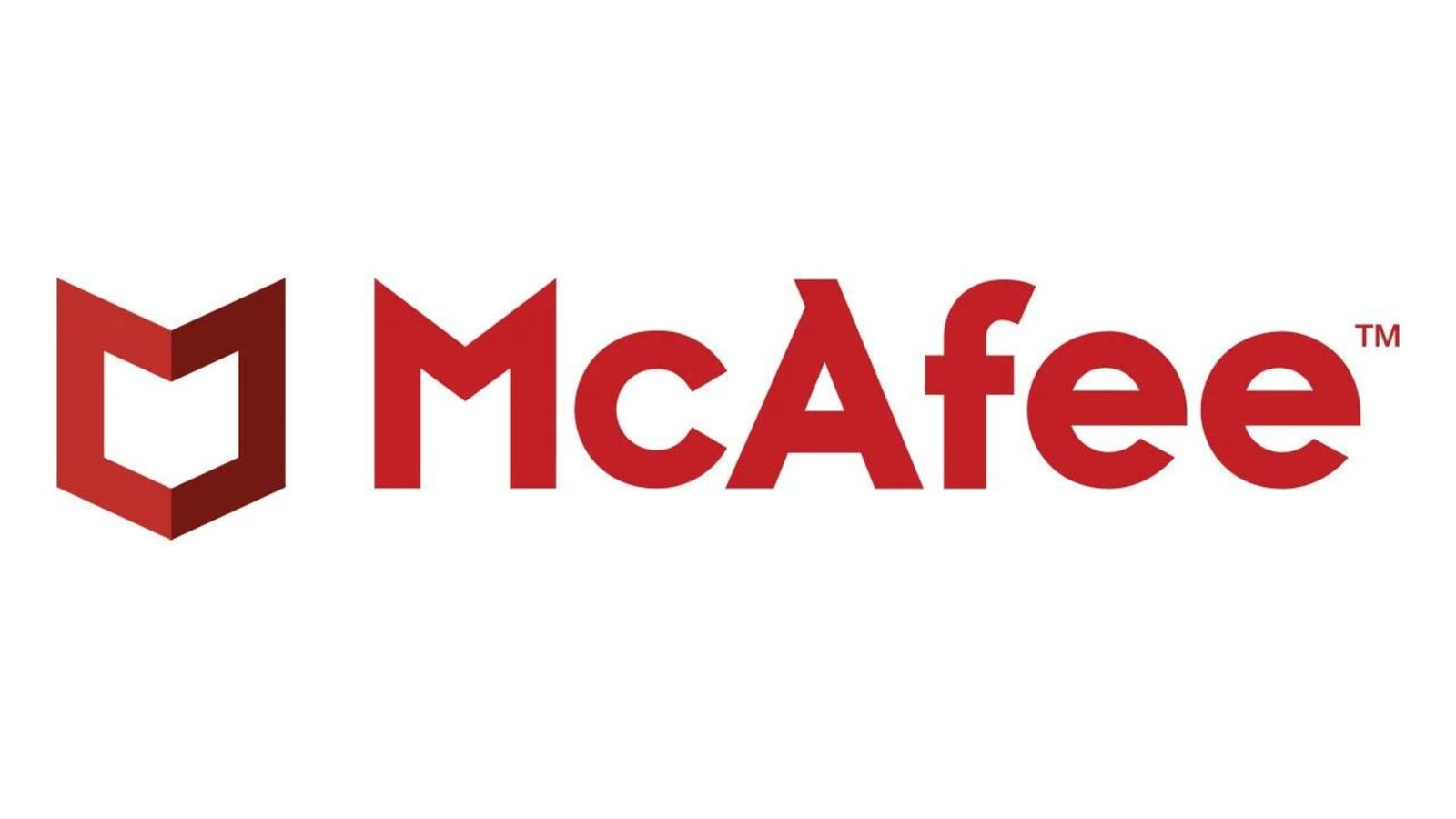When choosing a firewall, it’s essential to understand the features to look for in a firewall to ensure you get the best protection for your network. Firewalls act as a barrier between your network and potential threats from the internet, so selecting the right one is crucial. Here’s a detailed guide on what to consider to make an informed choice.
1. Robust Security Protocols
The first feature to look for in a firewall is robust security protocols. Your firewall should support a variety of protocols like IPsec, SSL, and HTTPS to ensure comprehensive protection. These protocols help in encrypting data and securing communications, making it harder for unauthorized users to access sensitive information. Ensuring that the firewall uses strong and up-to-date security protocols is vital for managing network security effectively.

2. Stateful Inspection
Another important aspect is stateful inspection. This technology allows the firewall to keep track of active connections and ensure that packets are part of a legitimate session. Stateful inspection enhances the features to look for in a firewall by offering more in-depth analysis of network traffic. It can filter out harmful packets based on their state and context, which helps in blocking unauthorized access while permitting legitimate traffic.
3. Intrusion Detection and Prevention Systems (IDPS)
A firewall with built-in Intrusion Detection and Prevention Systems (IDPS) is highly beneficial. IDPS can detect and respond to suspicious activities and potential threats in real-time. This feature not only alerts you about possible intrusions but also takes action to prevent them. Incorporating IDPS into the features to look for in a firewall ensures that you have an additional layer of security against sophisticated attacks.
4. VPN Support
If you need remote access to your network, look for a firewall that supports Virtual Private Network (VPN) connections. VPN support allows secure access to your network from different locations by encrypting data transmitted over the internet. This feature is essential for businesses with remote workers and contributes to managing network security efficiently.
5. User-Friendly Management Interface
A firewall with a user-friendly management interface is crucial for ease of use. The interface should be intuitive and allow you to configure and monitor the firewall’s settings without extensive technical knowledge. A well-designed management interface enhances the features to look for in a firewall by simplifying the process of managing security policies and monitoring network activity.
6. Bandwidth Management
Effective bandwidth management is another key feature. This allows you to prioritize certain types of traffic and ensure that critical applications have the necessary bandwidth to operate smoothly. By managing bandwidth, the firewall helps maintain network performance and prevents bottlenecks, which is an important aspect of optimizing network efficiency.
7. Advanced Threat Protection
Advanced threat protection capabilities can significantly enhance your firewall’s effectiveness. This includes features like real-time threat intelligence, malware scanning, and behavioral analysis. These tools help detect and mitigate emerging threats that may not be recognized by traditional security measures. Incorporating advanced threat protection into your firewall is crucial for staying ahead of potential security risks.
8. Logging and Reporting
Comprehensive logging and reporting features are essential for monitoring network security. A firewall with detailed logs can provide insights into network traffic, security incidents, and potential vulnerabilities. These logs are valuable for troubleshooting and auditing purposes, making them a crucial part of the features to look for in a firewall.
9. Scalability
Scalability is another important feature to consider. Your firewall should be able to grow with your network’s needs. As your organization expands, the firewall should be able to handle increased traffic and additional security requirements without compromising performance. Scalability ensures that your investment in a firewall remains effective in the long term.
10. Support and Updates
Lastly, reliable support and regular updates are critical. Ensure that the firewall vendor provides good customer support and regularly updates the firewall’s software to address new vulnerabilities and improve functionality. Keeping the firewall up-to-date is essential for maintaining its effectiveness against emerging threats.
Conclusion
Selecting the right firewall involves understanding the essential features to look for in a firewall to ensure it meets your security needs. From robust security protocols and stateful inspection to advanced threat protection and scalability, each feature plays a crucial role in safeguarding your network. By considering these aspects, you can make an informed decision and maintain a secure and efficient network environment.










